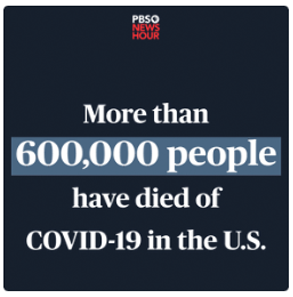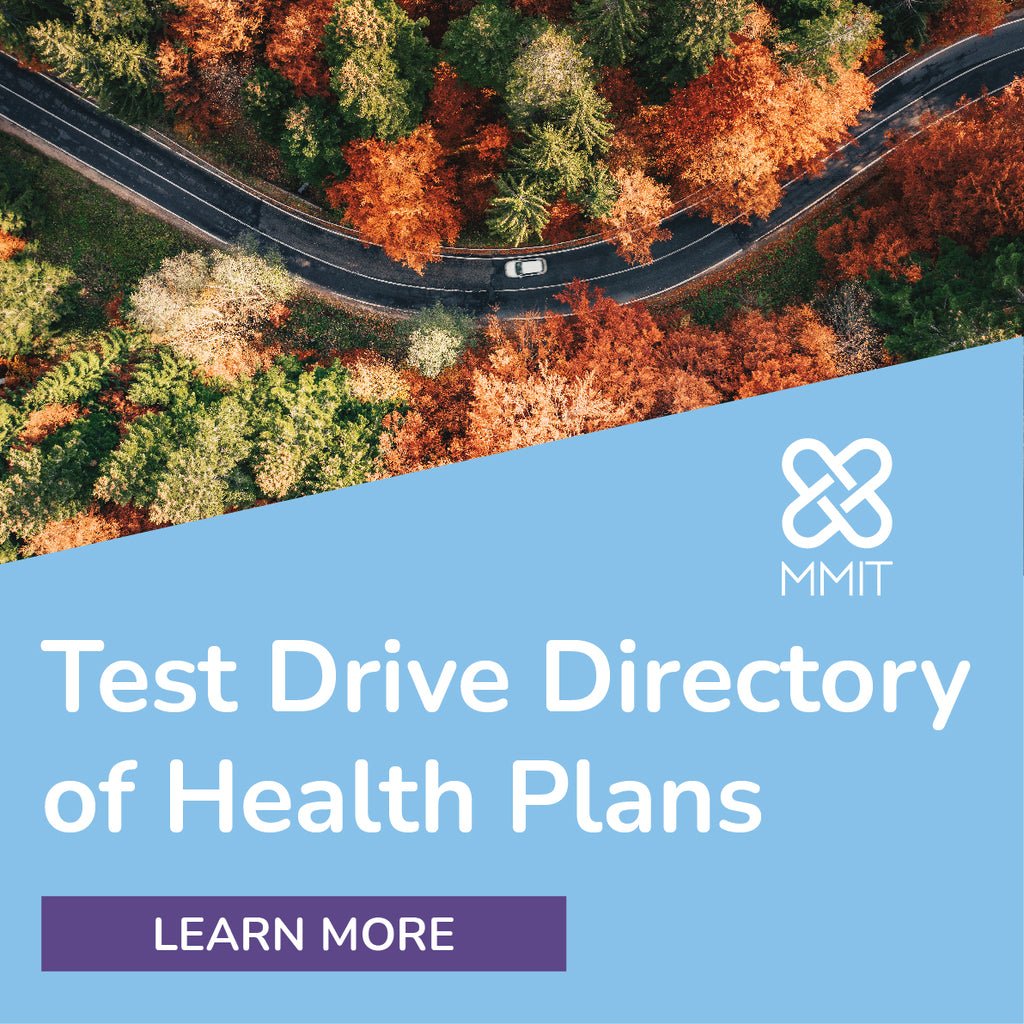Radar on Medicare Advantage
-
Payers Will Need to Shift Strategies as Medicare Advantage Boom Slows
Medicare Advantage enrollment growth has exploded in recent years, topping 31 million lives as of July 2023, according to AIS’s Directory of Health Plans. But a new analysis from McKinsey and Company warns this free-for-all won’t last forever, and payers will have to adjust their strategies and evolve to meet a changing market.
The consulting firm estimated that annual growth in MA membership will slow to 3% in 2031, a far cry from the 8% rate seen in 2022. That’s largely because MA’s market strongholds — which McKinsey says are primarily urban — will become too saturated over time. While 2023 marked the first time more than 50% of seniors were enrolled in MA, actual MA penetration rates vary widely depending on region. McKinsey found that the 50% figure holds true for urban (or metropolitan) areas, but nonmetropolitan areas lag behind at 41%. McKinsey projects nonmetropolitan areas won’t reach 50% penetration until 2031, presenting opportunities for payers to shore up untapped markets. “Payers will seek to build the networks and capabilities to grow in historically less penetrated markets, such as those with large rural populations,” analysts wrote. Those markets could include entire states — McKinsey noted that CMS’s June data release showed a 59% penetration rate in Michigan, while Wyoming’s was just 13%.

-
Despite Utilization Creep, Medicaid Losses, MCOs Lift Earnings Estimates
Government-focused publicly traded insurers reporting second-quarter 2023 earnings in July devoted a fair amount of discussion to the impact of Medicaid redeterminations on enrollment and rate adjustments, while analysts were interested in the recent trend of increased medical costs, particularly on the Medicare side. Despite these potential headwinds, the insurers appeared confident in their financial outlook for 2023, as all four raised their earnings projections for the full year.
After pausing eligibility verifications in exchange for receiving enhanced federal funding during the COVID-19 public health emergency (PHE), states were allowed to begin disenrolling people who longer qualify for Medicaid as of April 1. According to the latest update to AIS’s Directory of Health Plans, managed Medicaid enrollment as of June was nearly 73.4 million across 41 states, compared with 72.9 million a year ago — a decline that doesn’t yet fully reflect the impact of ongoing redeterminations. Nevertheless, some states have aggressively moved forward, prompting CMS to issue revised guidelines on best practices to avoid terminations driven by procedural reasons. Florida, for example, has already lost some 224,000 managed care enrollees (or close to 5%) from a year ago, according to DHP’s estimates.

-
2022 Medicare Advantage Audit Report Reflects Modest Penalties, Familiar Failures
There wasn’t much to be gleaned from CMS’s latest annual report on program audits of Medicare Advantage and Part D sponsors, and CMS wants it that way. According to the 2022 Part C and Part D Program Audit and Enforcement Report, published on July 18, just three MA insurers received a civil monetary penalty as the result of a program audit last year, with the average CMP around $21,000 — compared with an average of $65,247 in 2021 and $200,000 in 2019. CMS in the report said the amount of the CMP “does not automatically reflect the overall performance of a sponsor” and, similar to last year, warned against reaching “broad conclusions about the significance of deficiencies or performance across” the MA, Part D or Medicare-Medicaid Plan (MMP) programs.
-
News Briefs: Humana Raises Individual MA Membership Outlook to 825K Additions
Humana Inc. on Aug. 2 said it expects to enroll approximately 825,000 members in its individual Medicare Advantage products this year, adding another 50,000 members to its initial projections and reflecting year-over-year growth of 18%. For the quarter ending June 30, the MA-focused insurer reported adjusted earnings per share (EPS) of $8.94, up from $8.76 in the second quarter of 2022, and a medical loss ratio (MLR) of 86.3%, up from 85.8% a year ago. The company raised its full-year 2023 adjusted EPS guidance to “at least $28.25,” reflecting a 25-cent increase. Humana also highlighted “stabilizing” MA utilization based on its most recent claims activity and said it continues to predict a full-year MLR of between 86.3% and 87.3%.
CVS Health Corp. on Aug. 2 reported second-quarter 2023 consolidated revenues of $88.9 billion, including $26.7 billion in revenue for the health care benefits segment, and reflecting overall growth of 10.3% from the year-ago quarter. Adjusted operating income for the health care segment declined by nearly 20% from a year ago, partly because of increased outpatient utilization in Medicare Advantage when compared with pandemic-driven utilization levels in the prior year, CVS Health explained in a detailed earnings release. For the quarter ending June 30, the company recorded an MLR of 86.2%, compared with 82.7% in the year-ago quarter, and adjusted earnings per share of $2.21, down from $2.53 in the second quarter of 2022. CVS Health confirmed its adjusted EPS guidance range of $8.50 to $8.70.

-
Facing Familiar Legal Challenges, NYC Must Put Aetna Retiree Plan on Hold
The City of New York and its retirees this month are experiencing déjà vu, and CVS Health Corp.’s Aetna is caught in the middle. The health insurer was slated to begin serving retired municipal workers and their eligible dependents on Sept. 1 via a Medicare Advantage PPO plan. But thanks to the latest court order in a years-long series of setbacks, the city’s plan to privatize retiree health coverage again is on hold.
Led by Mayor Eric Adams (D), the city was initially supposed to transition some 250,000 retirees and dependents to a private Medicare plan administered by Elevance Health, Inc., in January 2022. The move was delayed by a petition from retirees, and state Supreme Court Judge Lyle Frank ruled that the proposal violated city law by charging retirees $191 per month to maintain their fee-for-service Medicare coverage. Amid the legal challenges, NYC Comptroller Brad Lander declined to register the contract. After Elevance backed out of the deal, the city struck an agreement with Aetna to make its PPO plan the only premium-free coverage option.












